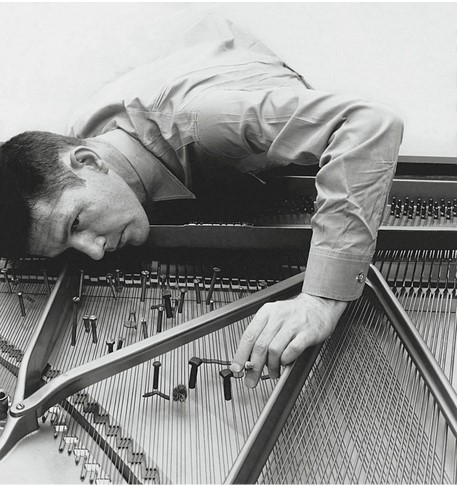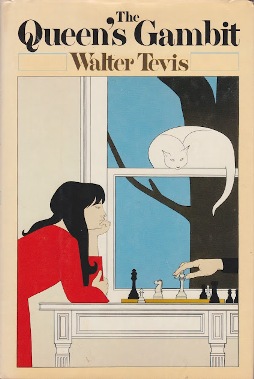By Milaniya Nguyen, Year 12
What is considered music? A question often asked and often argued on. American experimental composer John Cage created a composition in 1952 named 4’33”. It was composed to be played by any instrument, and any combination of instruments. What is actually written on the score has had numerous interpretations due to its controversiality and its raising of the question; what is music? The score’s sole instruction to the performers of the piece is “tacet”, Latin for “is silent”. This is used in sheet music to indicate that the performer is not to play anything. Not a single note, not a single sound. Nothing is played for the duration of 4 minutes and 33 seconds. The piece is composed entirely of silence, or rather as Cage preferred to describe it, “the absence of intended sounds”. This composition presents John Cage’s idea that any auditory experience can be considered music.
There are a variety of interpretations to this piece, ranging from deliberate provocation and insult to a genuine exploration of the boundaries of music. A large number of people perceived this piece as a joke, a mockery or a simple way to earn money. Yet through looking at Cage’s other works and interviews, he was seen to be truly passionate about his work. He devoted himself to a life of detailed and complex compositions. Considering his past records, such as writing “Music of Changes”, an extremely intricate piece, it is difficult to argue that 4 ’33 was just a lazy gimmick to earn money. It took 4 and a half years for Cage to publicly release this piece, spending hours on the composition alone. So what is the true purpose of composing an empty score? According to Cage himself, the original purpose was for listeners to take notice of the ambient sounds of the surrounding environment that the piece consists of. Listeners expected to hear music or at the least, a sound, and with this expectation, silence dissipates. The audience focuses on any surrounding noise, expecting something to come from the performer but instead, beginning to take notice of the simple ambience around them. The lack of music transfers the main attention to accidental, unintentional sounds such the cough of an audience member, a rustle of fabric, the creak of a chair. This was the entire intention of the piece, for people to hear what they wouldn’t have unless they were in some way swayed to do so. Cage wanted to help the audience discover the impossibility of true silence.
Whether this piece can be considered a piece of music is still something to be debated. Rather it can be seen as a performance of sorts, used to display an experimental composer’s, at the time controversial, views on music and the true non-existence of silence. Either way, there is no doubt that he managed to influence the art of music as well as the art of listening. John Cage introduced the idea that music never stops, only a person stops listening.



